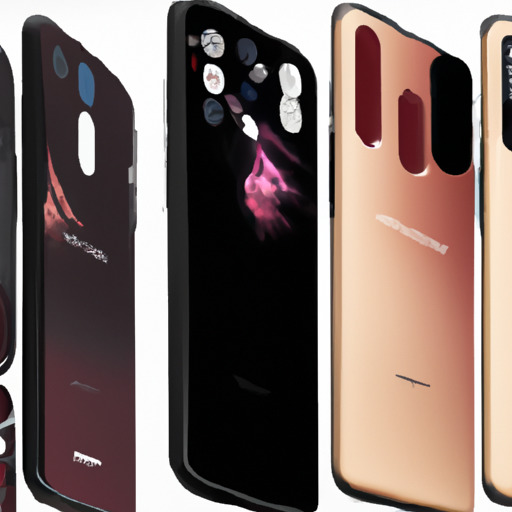The world of smartphones is constantly evolving and pushing boundaries to provide consumers with the latest and greatest technology. In recent years, one of the key areas of focus has been haptic feedback – the use of vibrations and other tactile sensations to enhance the user experience. And now, a new contender has emerged to challenge the reigning champion – the OnePlus 12.
OnePlus, known for its high-tech and affordable smartphones, has set its sights on dethroning Apple’s iPhones as the leaders in haptic technology. With the release of the OnePlus 12, they may just have reached their goal. Let’s take a closer look at what makes the OnePlus 12 stand out in the world of haptics.
First and foremost, the OnePlus 12 boasts an upgraded haptic motor that is more powerful and precise than ever before. This means users can expect to feel more dynamic and realistic vibrations, adding depth and immersion to their interactions with the phone’s interface. The result is a more intuitive and satisfying user experience that sets the OnePlus 12 apart from its competitors.
But it’s not just about the strength of the haptic motor. OnePlus has also introduced advanced customization options for haptic feedback on the OnePlus 12. Users can now choose from a range of vibration patterns and intensities, allowing them to tailor their experience to their preferences. This level of personalization sets the OnePlus 12 apart from other smartphones on the market, including iPhones.
In addition to the hardware improvements, OnePlus has also collaborated with leading game developers to optimize haptic feedback in mobile gaming. This means that gamers can expect a more immersive and realistic experience while playing their favorite games on the OnePlus 12. And with gaming growing in popularity on smartphones, this is a significant advantage for the OnePlus 12 over its competitors.
Another highlight of the OnePlus 12’s haptic technology is its use of advanced AI algorithms. These algorithms analyze the user’s haptic patterns and adjust the feedback accordingly, creating a more intelligent and natural experience. This technology is constantly learning and evolving, meaning the OnePlus 12’s haptics will only get better with time.
But what does this mean for iPhones? With the OnePlus 12 taking the haptics crown, Apple’s iPhones are facing tough competition. In the past, iPhones were known for their superior haptic technology, but with the advancements made by OnePlus, this may no longer be the case. Apple will have to step up their game to keep up with the haptic revolution brought on by the OnePlus 12.
In conclusion, the OnePlus 12 is a game-changer in the world of haptic technology. With its powerful motor, customizable options, and AI algorithms, it has set a new standard for tactile feedback on smartphones. And with iPhones in its sights, the OnePlus 12 is poised to take the haptics crown and solidify its place as a leader in the tech industry.
